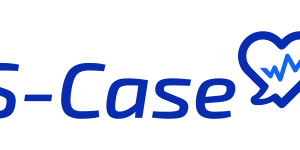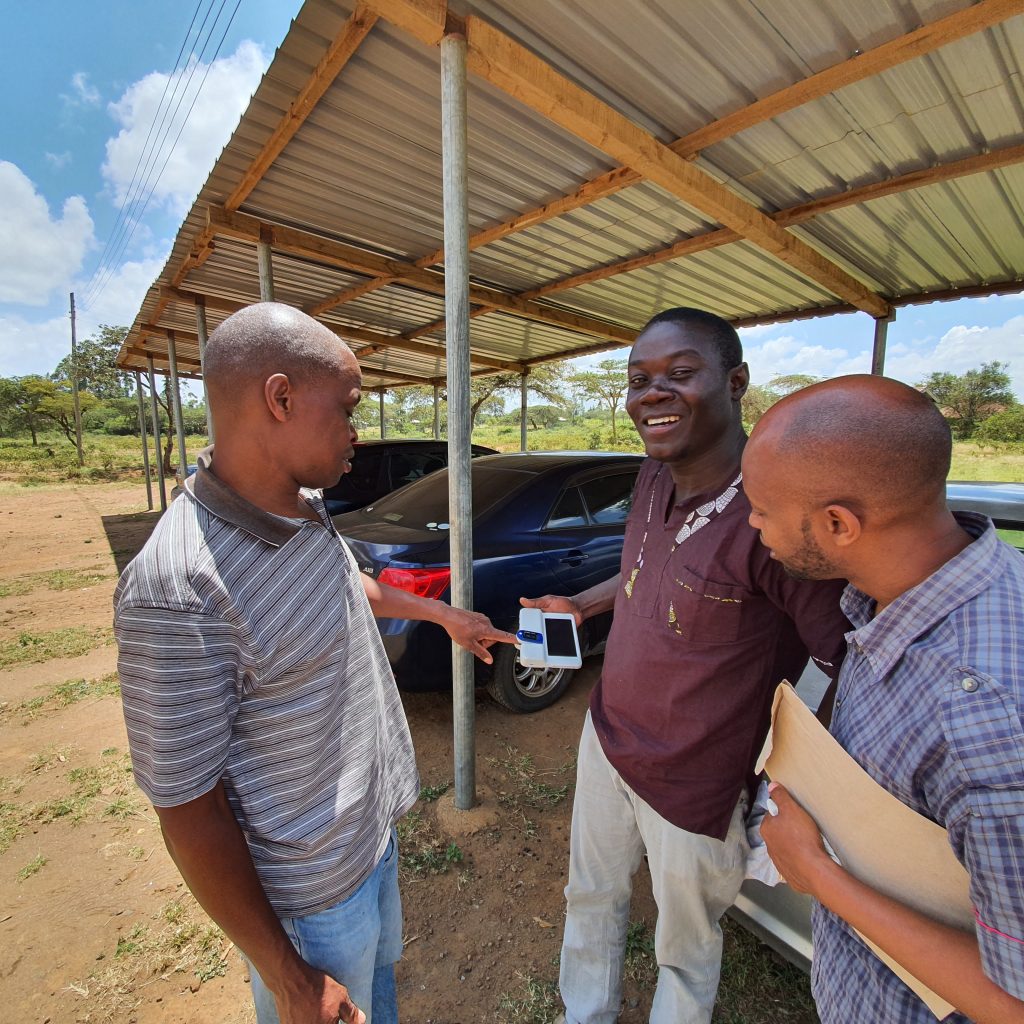
Journey across Africa
KENYA
The beginning of the year 2020 was very special for us as thanks to a grant from the SlovakAid we got a unique opportunity to make exact research in local areas of Kenya and Rwanda. Here, our colleagues Martin and Adriana were able to test our Scase and find out if its functions are valid for the needs of local healthcare providers. Now, to refresh our memories, we´d like to bring you closer to all adventures and experiences they gained on their way.
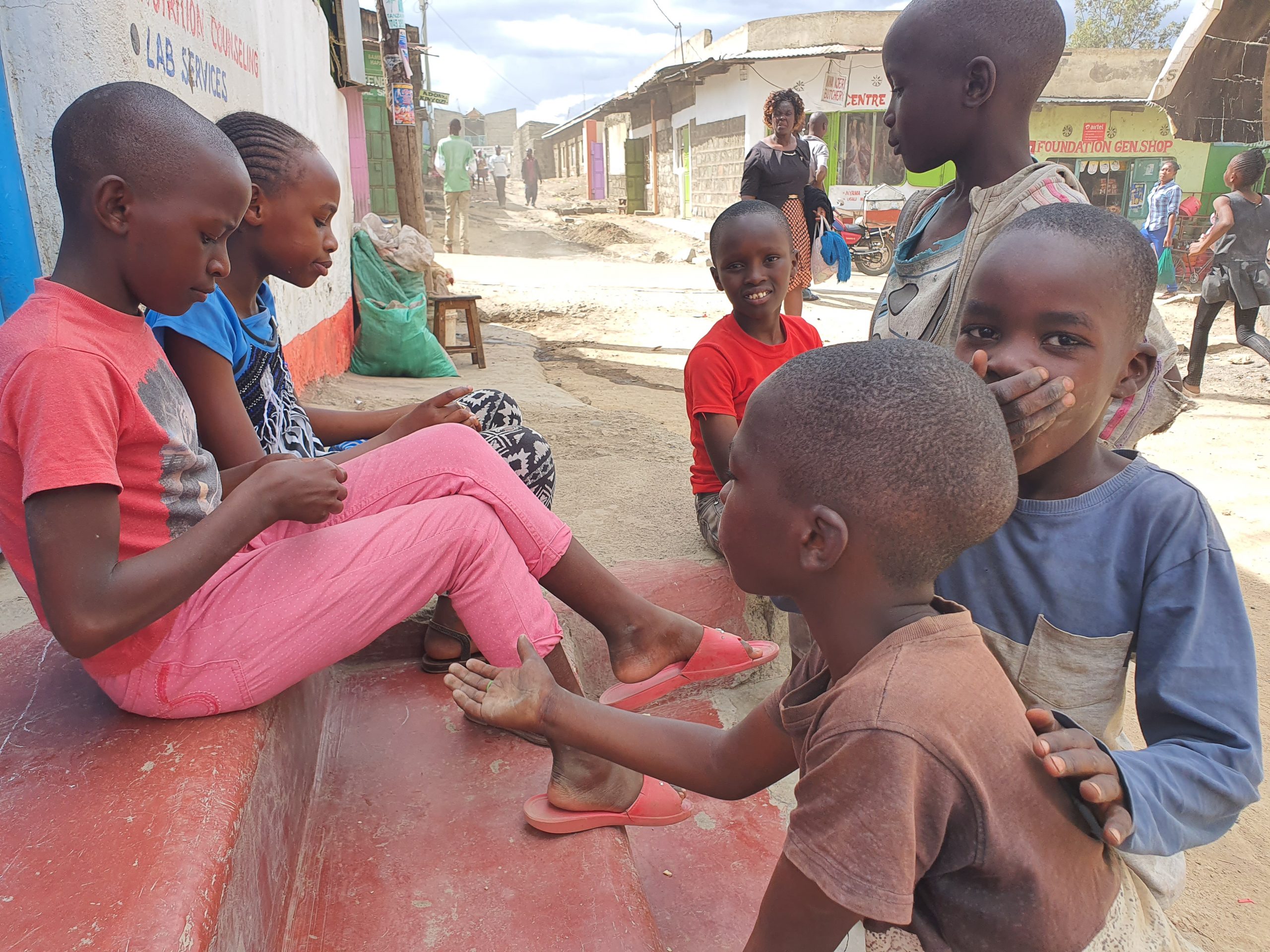
The medical environment, needs of the healthcare centers in Africa and healthcare workers are completely different from what we know and are used to in European countries. The healthcare system and structure differ as well as the best practices and customs of healthcare workers. Therefore, it is not possible to try to create a device without having any idea or exact experience from the environment where Scase should be once helping on a daily basis.
And so, a year ago, we abandoned our comfort zones and went to Africa!
A glimpse into healthcare system
We landed in the capital city of Kenya – Nairobi, from where we travelled by matatu to a neighbouring county Nakuru to visit the first clinic in the city Naivasha.
Generally, the structure of healthcare facilities in Africa slightly differs from ours. Most of the facilities we were aiming for are the primary care centres with very limited resources – technical, medical and also pharmaceutical.
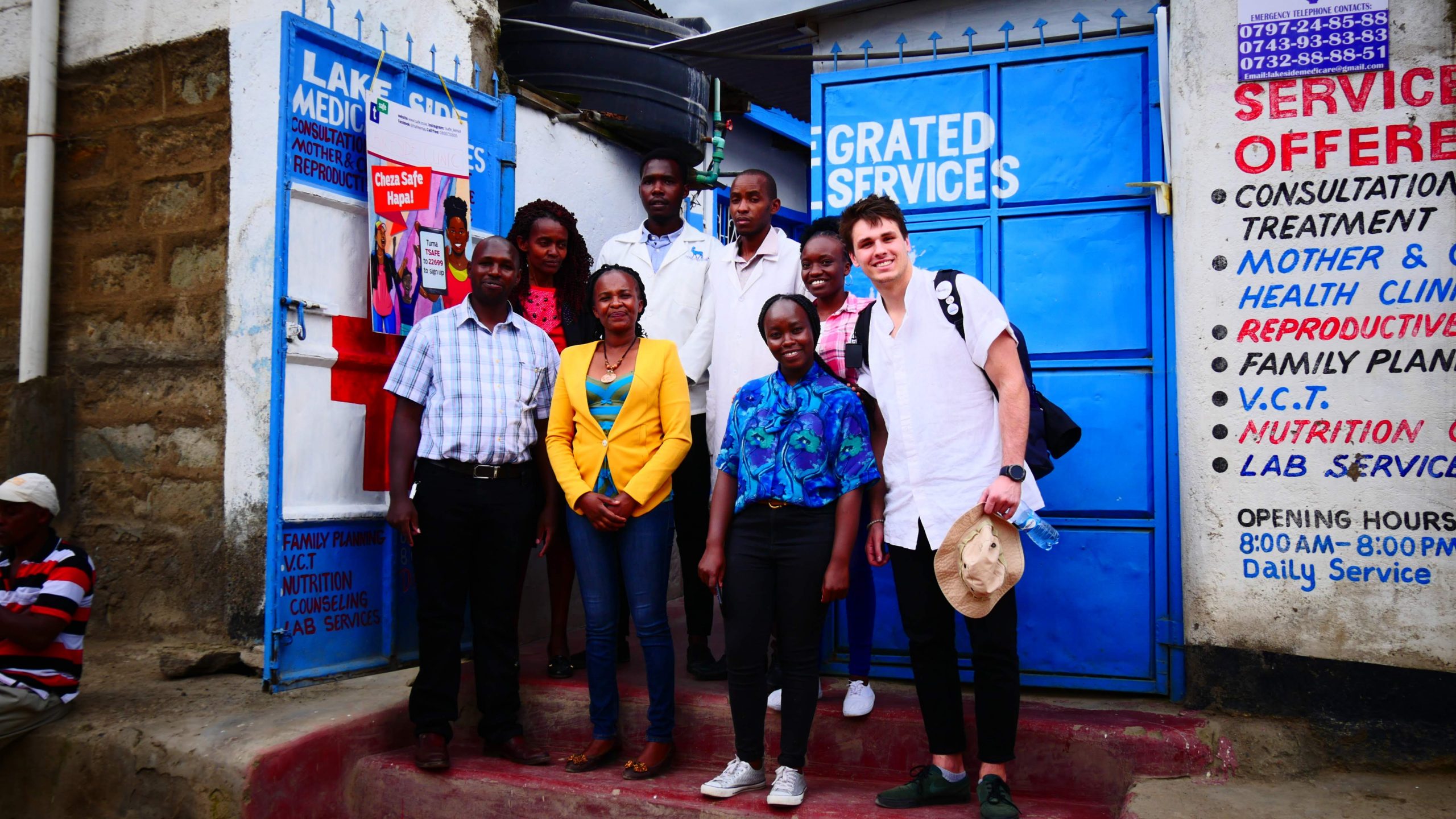
The first contact and the most common are health posts – small offices, similar to what we know as general practitioner offices. The main difference is however , that the healthcare provider is usually a nurse or medical officer (not nurse, but not a doctor even). Then there are small primary clinics (often providing care with some specialization e.g. maternity, maybe even a basic laboratory and usually includes more than one healthcare worker), then small local hospitals, where complicated patients might be referred to, up to large city hospitals.
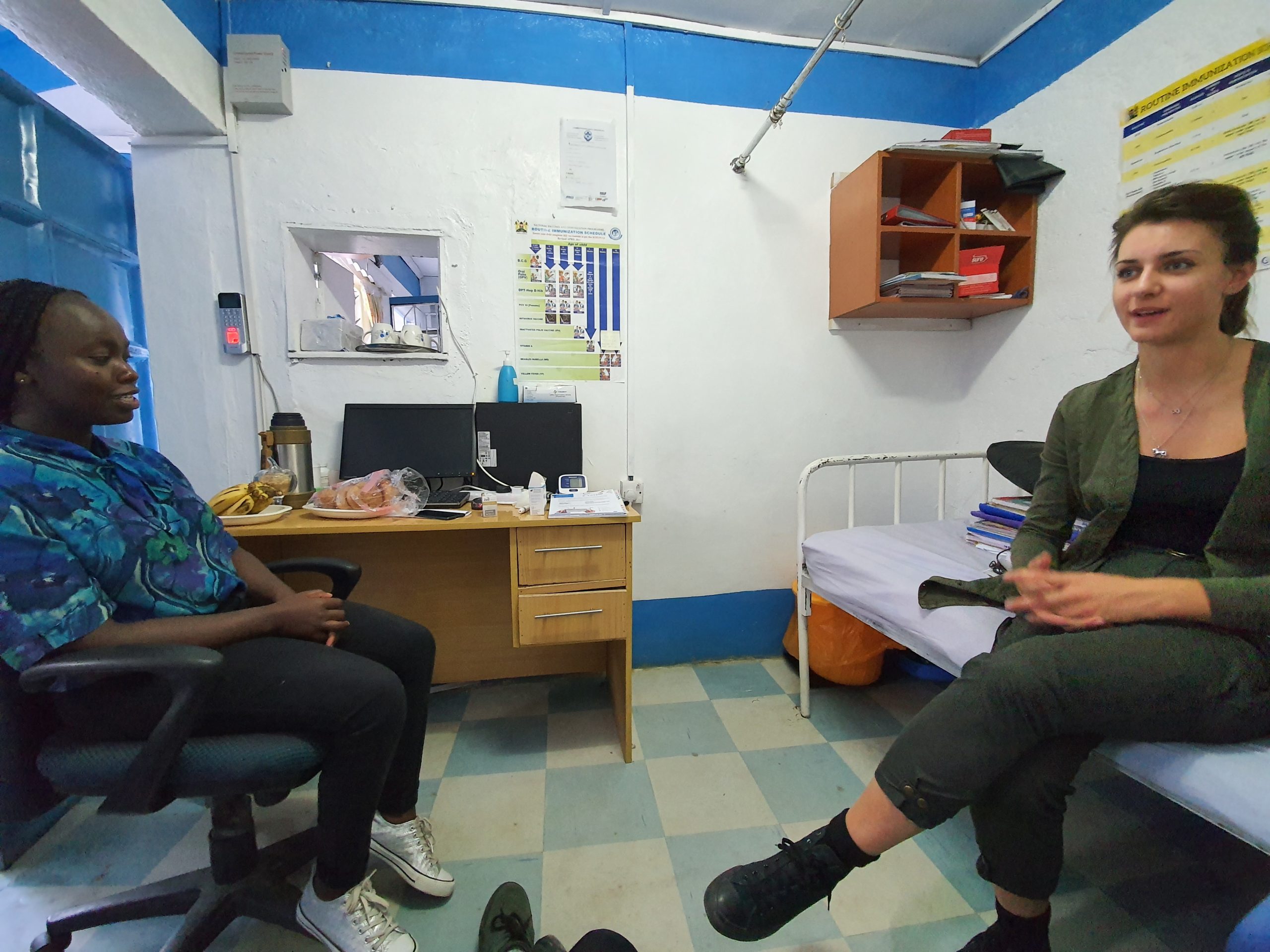
The name of a small outpatient clinic visited was Lakeside Cottage Hospital. This clinic specializes in maternal and reproductive health, family planning and nutrition counseling and they even have a small laboratory. Here, we had an amazing discussion with the chief of the clinic, Dr. Kennedy, who introduced us to the basics of the healthcare structure and insurance system in Kenya.
We also discussed the reality and the current practices in patient management – most of the facilities are not very developed. Only a small number of them are using computer systems to keep the documentation of their patients, usually, everything is kept in big paper books.
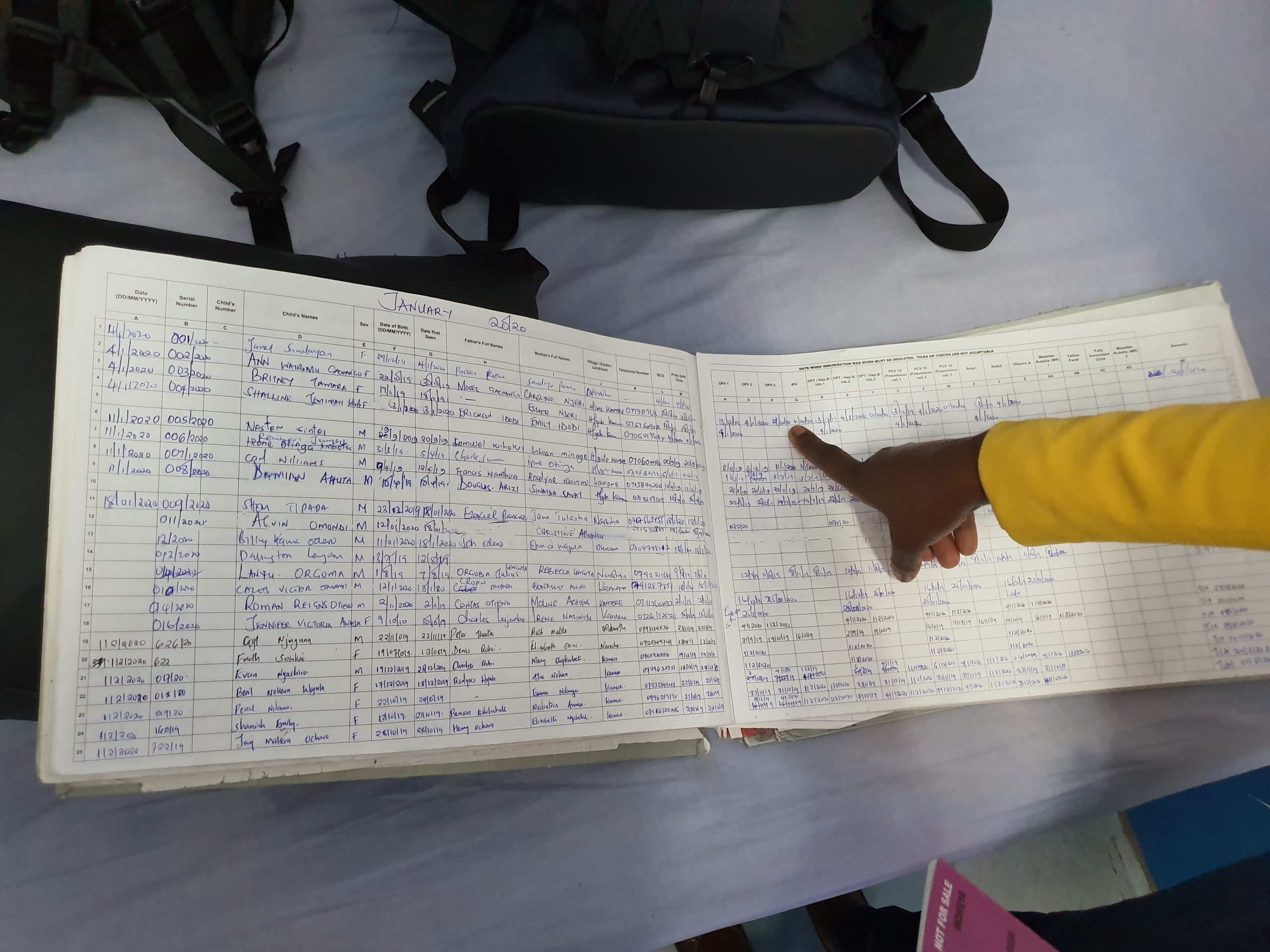
His clinic is one of the most important healthcare facilities in the area and recently, Dr. Kennedy started with the modernization of his clinic and began using patient management software on a computer. Therefore, introducing our solution would help them to merge measured values by Scase with the data in their patients’ database and track long term results of the treatment.
Region of pink flamingos
During the following day, we traveled to Nakuru city, where we stayed with the family of the Slovak doctor Katarina Mulama and her family. On top of being absolutely hospitable, she provided us with priceless information about Kenya’s healthcare system, bureaucracy and status of facilities. It was amazing to meet someone who could compare our European systems to theirs so closely.
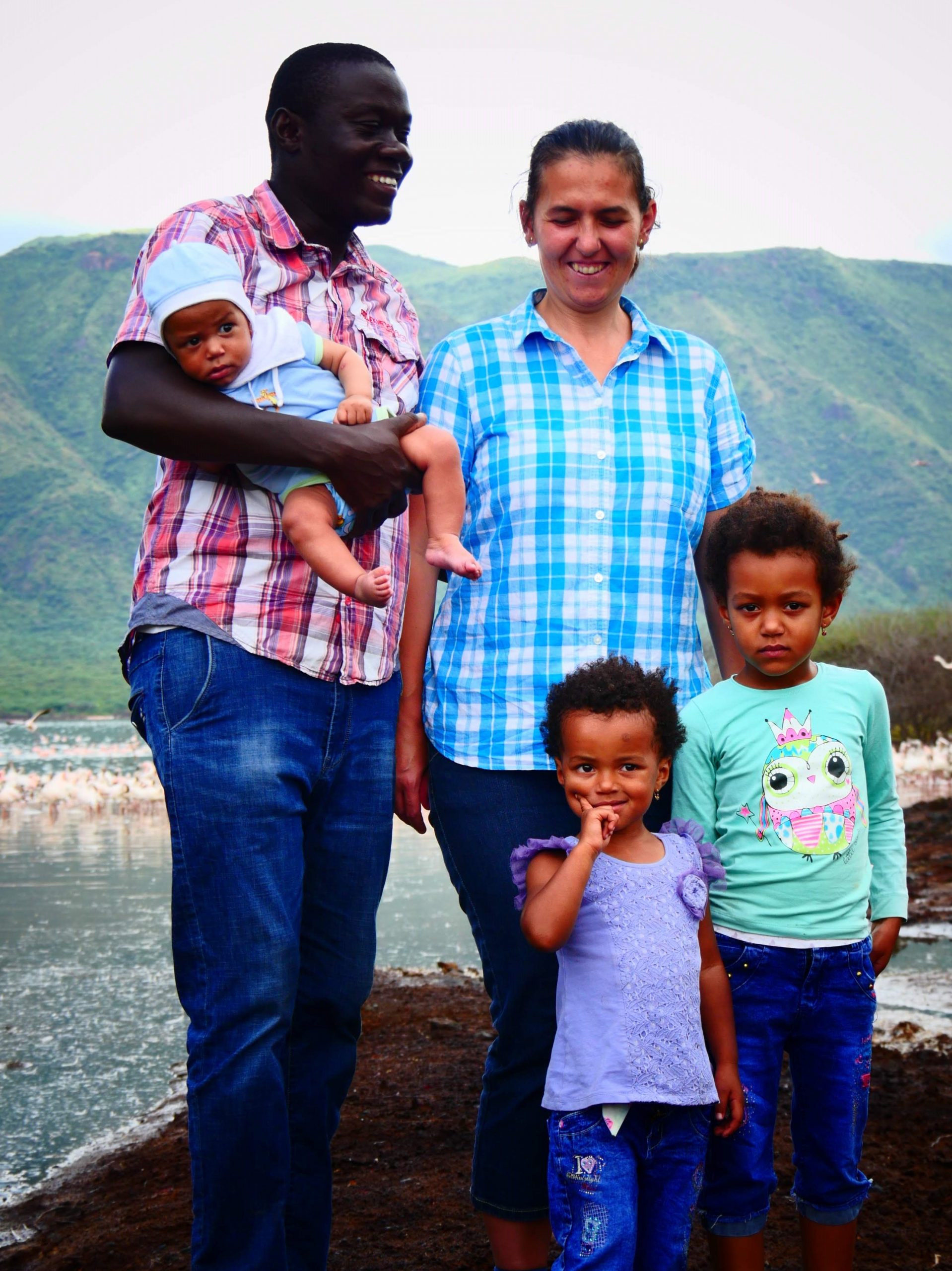
Nakuru county is also a beautiful region with a famous National Park around Lake Bogoria. Lakes Bogoria, Nakuru, Elementeita, Magadi further south in the Rift Valley, and Lake Logipi to the north, are home at times to one of the world’s largest populations of lesser flamingos. We were lucky to have a chance to go around the lake and spot them!
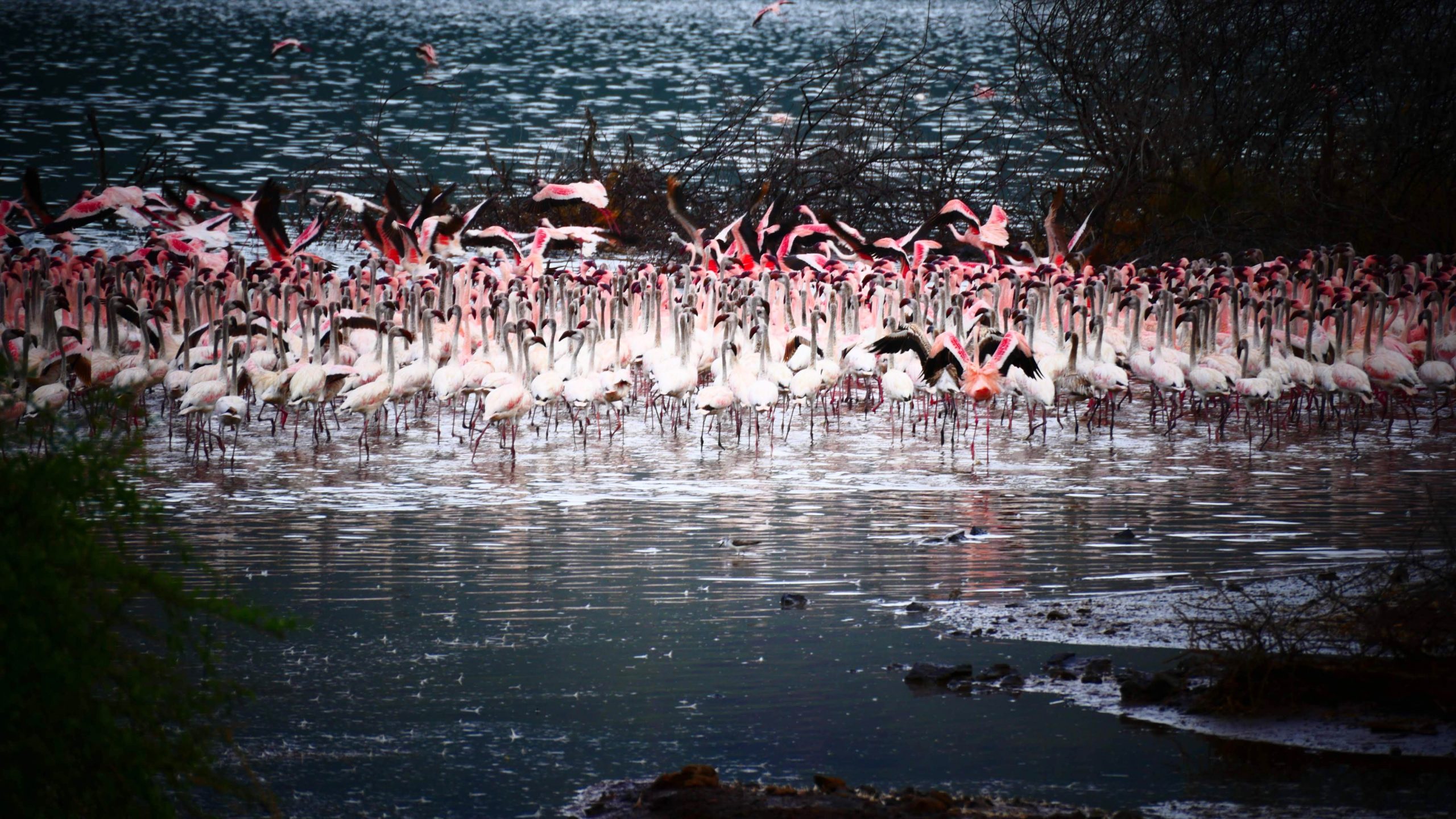
Also with Katarina, we managed to have several meetings – with local authorities, discussing their problems and lack of technology. In these areas, even basic blood pressure machines are priceless, cheap thermometers last only a couple of months and there is only a little chance to buy a glucometer or pulse oximeter.
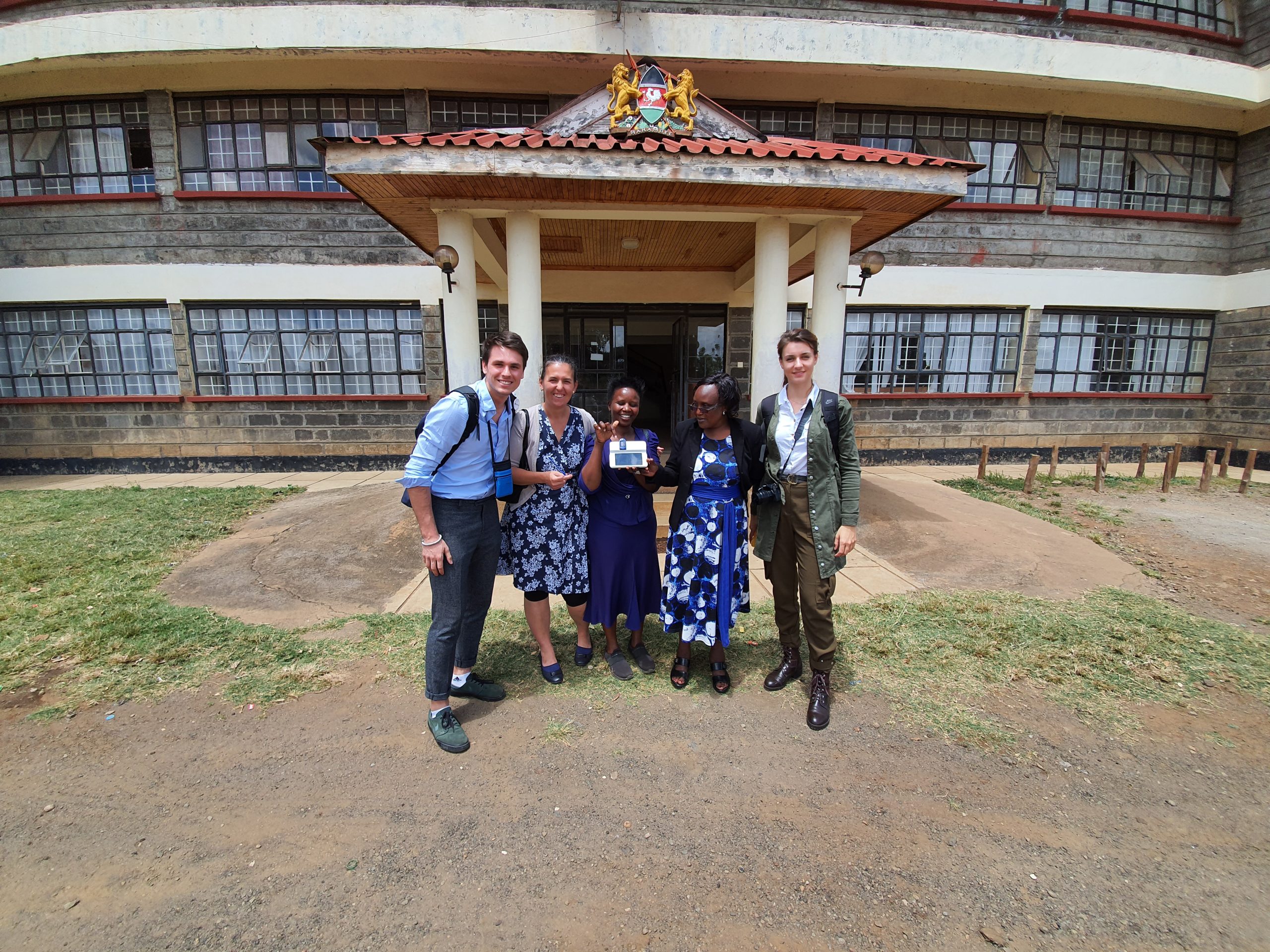
Healthcare officers or nurses are usually doing outreaches in larger areas, often by foot, keeping their records in paper notebooks. It is almost impossible to search for specific patients in them and take a look at their results from previous months. Bringing Scase as a portable, multi-sensor and smart solution would help them to measure basic values (blood pressure, temperature and even glycemia or saturation of O2 with the pulse oximeter) and also having a database with them would be extremely practical for their workflow.
We visited some of the clinics in the rural areas, met their patients and even tried to work with Scase in the field.
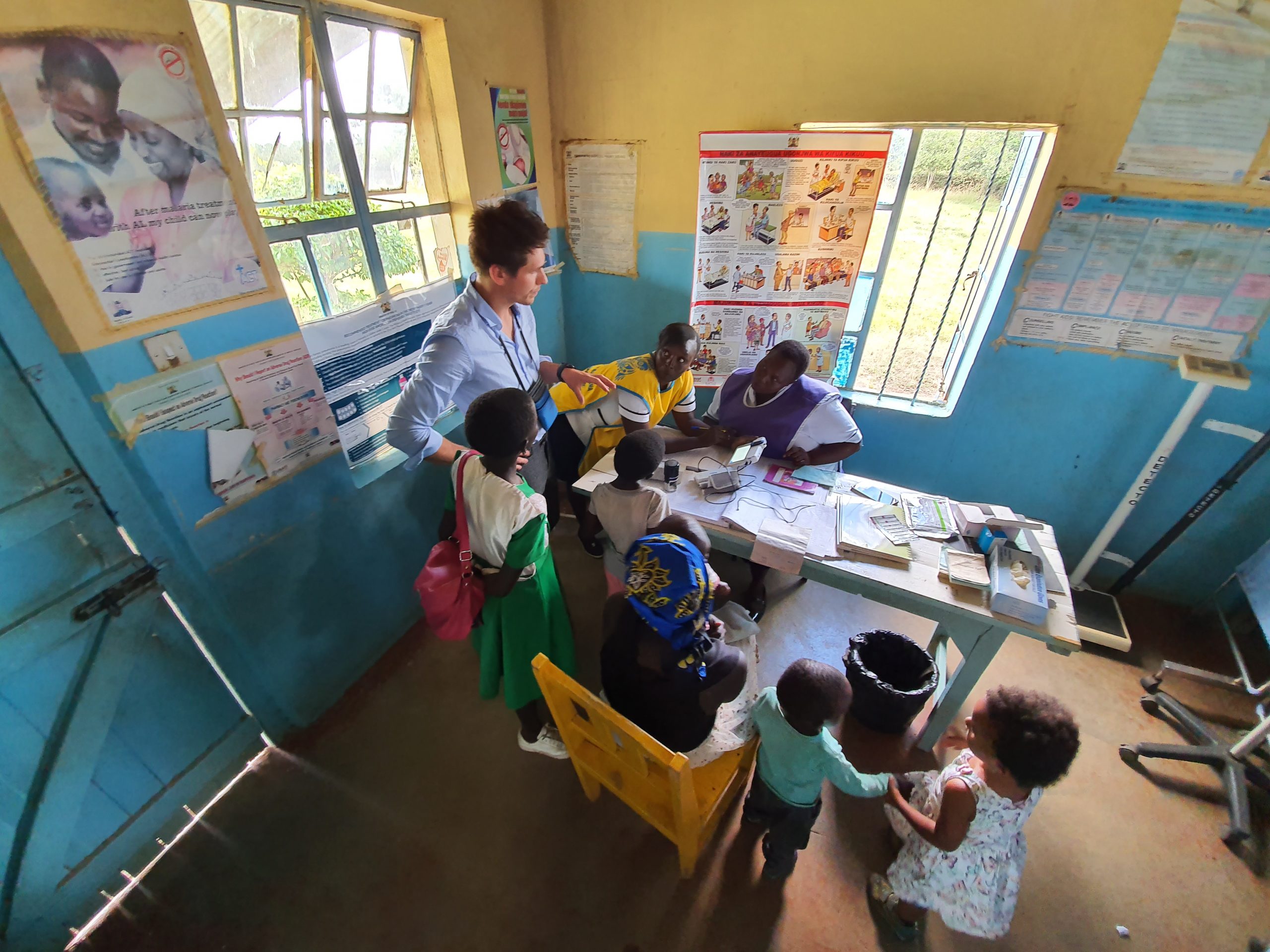
Last stop in Nairobi
The other day we traveled back to Nairobi. We were planning on visiting many facilities and having many meetings – however, as we were taught the hard way, the traffic in Nairobi is extremely unpredictable. We had at least one and a half an hour gap between meetings to move from one place to another within the city, but it was obviously not enough. Well, a lesson learned for the next business planning! 🙂
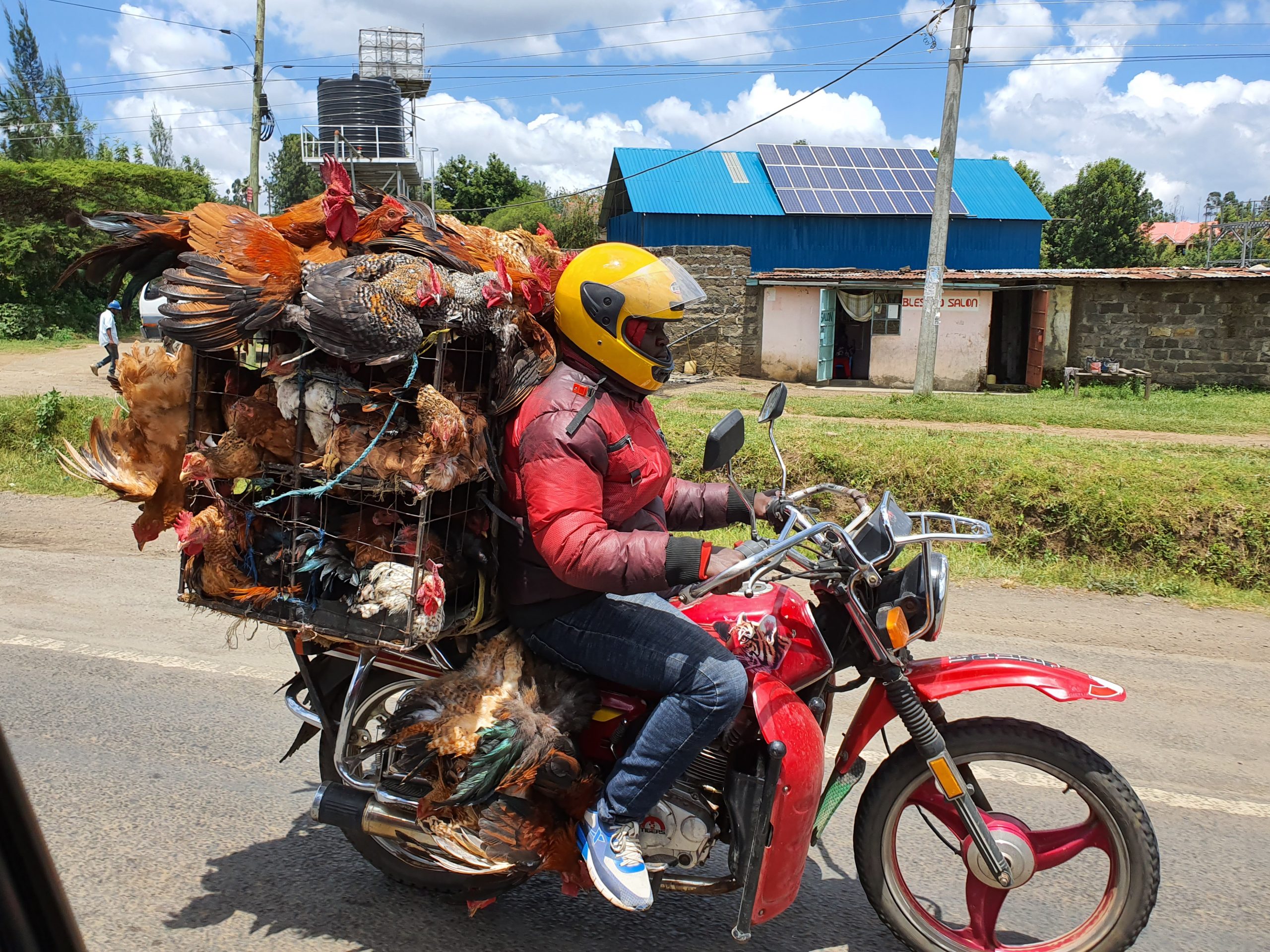
From the meetings and visits which we managed – one was the emergency department of a developed hospital, another to discuss a potential partnership with an international humanitarian organization and lastly we visited Anti-malnutrition Centre in a slum Mukuru (a mission of University of st. Elisabeth in Bratislava). All of them were very different in nature of their work, however, we felt like Scase could be valuable for any nurse, medical officer or doctor providing healthcare to patients in such areas.
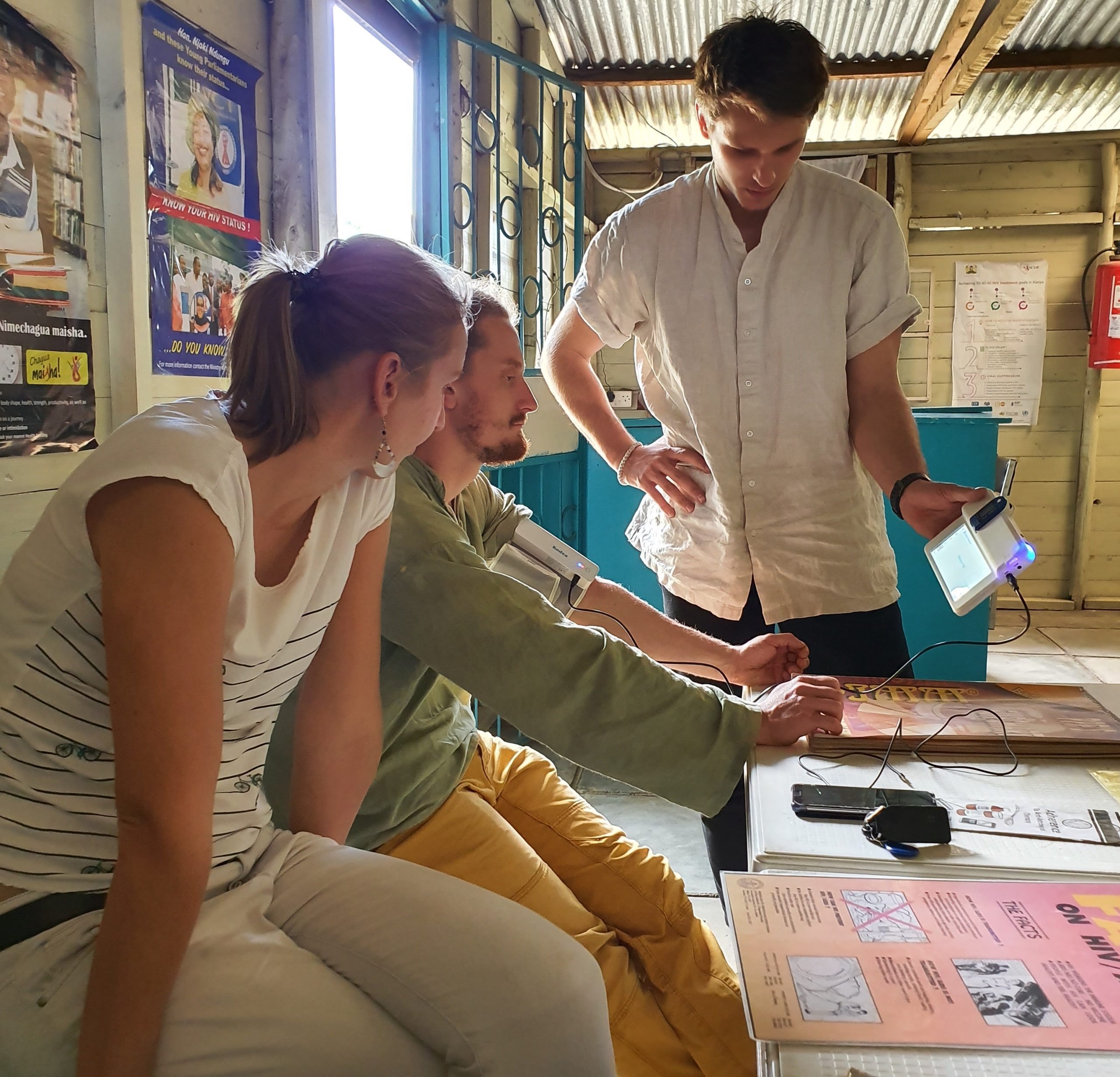
The time has come and we had to say goodbye to Kenya as the next stop was ahead – Rwanda!

